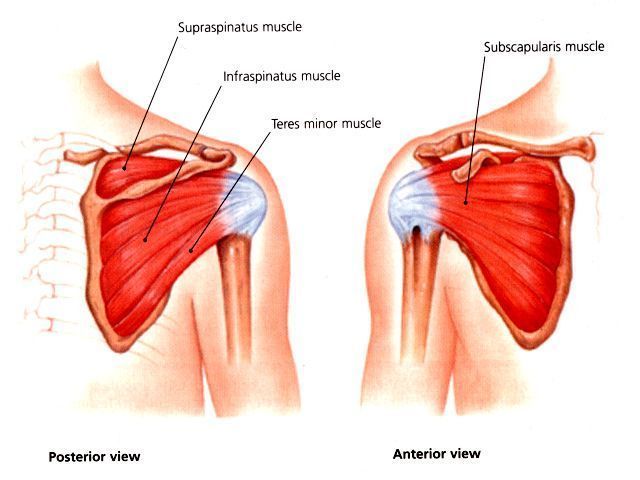Hamstring strain injury
Hamstring strain injury
A significant rate of hamstring strain injury (HSI) has been observed in soccer (Hägglund et al. 2009), Gaelic football (Wilson et al. 2007) and Australian football (Saw et al. 2018). Following a return to sport, hamstring re-injury rates are high (Roe et al. 2016, Wangensteen et al. 2016) and result in a significant amount of injury-related time loss (Roe et al. 2018).
The aetiology of hamstring injuries is multi-factorial in nature and are thought to be the result of the interaction between several non-modifiable and modifiable risk factors (Mendiguchia et. al 2012). Emphasis has been placed on modifiable risk factors as these have the scope to be altered to reduce injury, by implementing injury reduction strategies (Meeuwisse, 1991). Of these risk factors, eccentric strength has received most attention (Croiser et al. 2008, Sugiura et al. 2008, Yeung et al. 2009).
The NordBord (Vald performance, Australia) has been shown to reliably measure eccentric knee flexor forces during the Nordic hamstring exercise (Opar et al. 2013). Opar et al. (2014) used measures derived from this device to predict athlete’s risk of future HSI. They found that 28 players with low eccentric hamstring strength in pre-season were significantly more likely to sustain a HSI in the subsequent competitive season.
Targeting modifiable risk factors such as eccentric strength in training programmes could have significant implications in injury reduction strategies. A recent systematic review and meta-analysis of 8459 athletes revealed a 50% reduction in HSI when the NHE was introduced as preventative training (van Dyk et al. 2019).
Figure 1. NordBord Hamstring Testing System
For more information on the VALD testing system, contact us on 0749111010.
Author: Aiveen Lavery
References
Croisier, J.L., Ganteaume, S., Binet, J., Genty, M. and Ferret, J.M. (2008) Strength imbalances and prevention of hamstring injury in professional soccer players: a prospective study. The American Journal of Sports Medicine , 36(8), 1469-1475.
Hägglund, M., Waldén, M. and Ekstrand, J. (2009) Injuries among male and female elite football players. Scandinavian Journal of Medicine & Science in Sports , 19(6), 819-827.
Meeuwisse, W.H. (1991) Predictability of sports injuries. Sports Medicine , 12(1), 8-15.
Mendiguchia, J., Alentorn-Geli, E. and Brughelli, M. (2012) Hamstring strain injuries: are we heading in the right direction? British Journal of Sports Medicine , 46, 81-85.
Opar, D.A., Piatkowski, T., Williams, M.D. and Shield, A.J. (2013) A novel device using the Nordic hamstring exercise to assess eccentric knee flexor strength: a reliability and retrospective injury study. Journal of Orthopaedic & Sports Physical Therapy , 43(9), 636-640.
Opar, D.A., Williams, M., Timmins, R., Hickey, J., Duhig, S. and Shield, A. (2014) Eccentric hamstring strength and hamstring injury risk in Australian footballers. Medicine & Science in Sports & Exercise , 46.
Roe, M., Blake, C., Gissane, C. and Collins, K. (2016) Injury scheme claims in Gaelic games: a review of 2007–2014. Journal of Athletic Training , 51(4), 303-308.
Roe, M., Murphy, J.C., Gissane, C. and Blake, C. (2018) Hamstring injuries in elite Gaelic football: an 8-year investigation to identify injury rates, time-loss patterns and players at increased risk. British Journal of Sports Med icine, 52(15), 982-988.
Saw, R., Finch, C.F., Samra, D., Baquie, P., Cardoso, T., Hope, D. and Orchard, J.W. (2018) Injuries in Australian Rules Football: an overview of injury rates, patterns, and mechanisms across all levels of play. Sports Health , 10(3), 208-216.
Sugiura, Y., Saito, T., Sakuraba, K., Sakuma, K. and Suzuki, E. (2008) Strength deficits identified with concentric action of the hip extensors and eccentric action of the hamstrings predispose to hamstring injury in elite sprinters. Journal of Orthopaedic & Sports Physical Therapy , 38(8), 457-464.
van Dyk, N., Behan, F.P. and Whiteley, R. (2019) Including the Nordic hamstring exercise in injury prevention programmes halves the rate of hamstring injuries: a systematic review and meta-analysis of 8459 athletes. British Journal of Sports Medicine , 53(21), 1362-1370.
Wilson, F., Caffrey, S., King, E., Casey, K. and Gissane, C. (2007) A 6-month prospective study of injury in Gaelic football. British Journal of Sports Medicine , 41(5), 317-321.
Yeung, S.S., Suen, A.M. and Yeung, E.W. (2009) A prospective cohort study of hamstring injuries in competitive sprinters: preseason muscle imbalance as a possible risk factor. British Journal of Sports Medicine , 43(8), 589-594.




